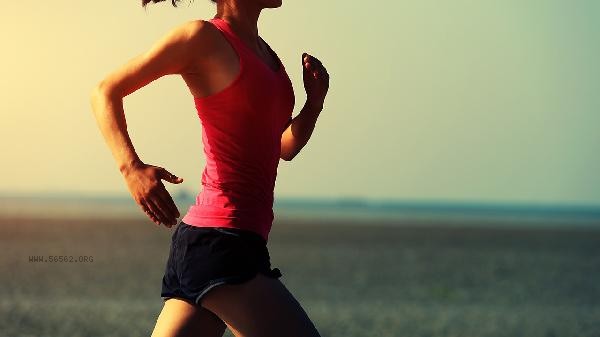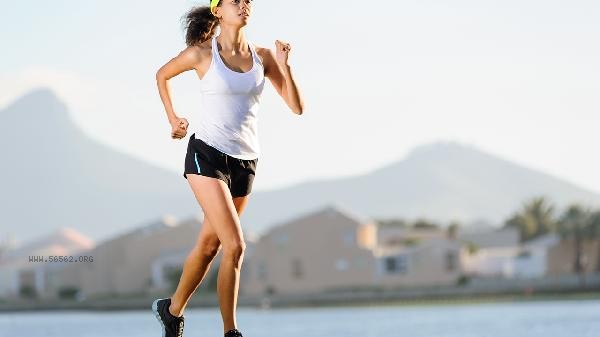Breast pain in girls while running may be related to factors such as excessive exercise intensity, inappropriate sports underwear, muscle strains, breast hyperplasia, or abnormal cardiopulmonary function. Chest pain during running is usually manifested as stabbing pain, bloating pain, or compression. Measures such as adjusting exercise methods, changing equipment, and seeking medical examination should be taken according to the specific cause.

1. Excessive exercise intensity
Suddenly increasing running speed or distance may cause excessive contraction of chest muscles, leading to lactic acid accumulation pain. This type of pain often presents as a sour and swollen sensation, which can be relieved after rest. It is recommended to gradually increase the intensity of exercise, warm up thoroughly before running, and stretch the chest after running. If the pain persists for more than 48 hours, exercise observation should be paused.
2. Inappropriate sports underwear
Underwear with insufficient support can cause excessive breast shaking during running, pulling the Cooper ligaments and causing pain. Professional sports bras with full cup size and wide shoulder straps should be chosen, and those with larger breasts should pay special attention to side support. The service life of sports underwear is generally about six months, and it should be replaced in a timely manner after the elasticity decreases.
3. Muscle strain
During running, minor tears in the pectoralis major or intercostal muscles may occur due to improper posture, manifested as aggravated sharp pain during breathing. Commonly seen in people with chest hugging running posture or excessive upper limb swing amplitude. During the acute phase, cold compress can be applied. During the recovery phase, muscle endurance can be enhanced through chest expansion exercises. In severe cases, physical therapy is necessary.

4. Breast hyperplasia
Hormonal fluctuations leading to breast tissue edema can exacerbate swelling and pain during exercise, with symptoms becoming more pronounced one week before menstruation. It is recommended to avoid caffeine intake and wear non steel sports bras while running. If the pain is accompanied by a lump or nipple discharge, breast ultrasound should be performed to rule out organic diseases.
5. Abnormal cardiopulmonary function
During exercise, myocardial ischemia or insufficient lung ventilation may cause radiation-induced chest pain, often accompanied by chest tightness and shortness of breath symptoms. Long term lack of exercise can lead to sudden intense exercise, and it is recommended to undergo electrocardiogram and lung function tests. Asthma patients should follow the doctor's advice to use bronchodilators before exercise. When chest pain occurs after running, exercise should be stopped immediately for observation, and the location, nature, and duration of the pain should be recorded. Pay attention to maintaining the correct running posture in daily life, lean slightly forward to avoid chest hugging. Moderate supplementation of electrolytes before and after exercise, women during menstruation can switch to low impact exercises such as brisk walking. If the pain recurs or is accompanied by symptoms such as difficulty breathing and dizziness, it is necessary to seek medical attention promptly at a cardiovascular or breast department to rule out the possibility of angina, mastitis, and other diseases. It is more important to conduct regular breast self-examination and cardiopulmonary function assessment, and choose the appropriate exercise intensity for one's own conditions.







Comments (0)
Leave a Comment
No comments yet
Be the first to share your thoughts!